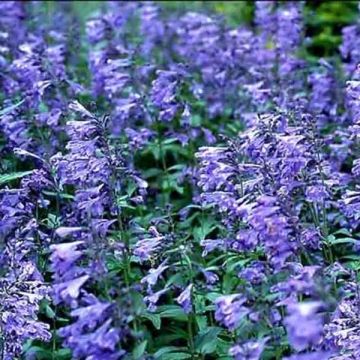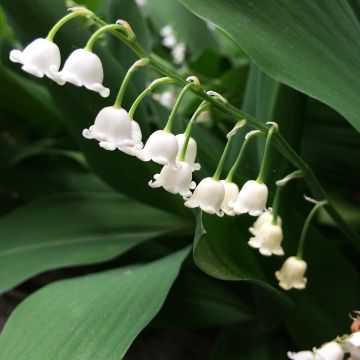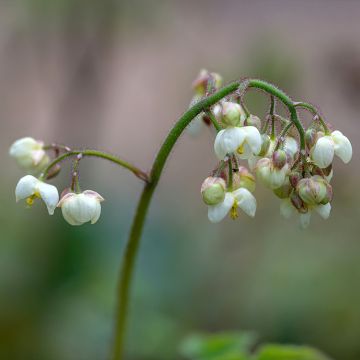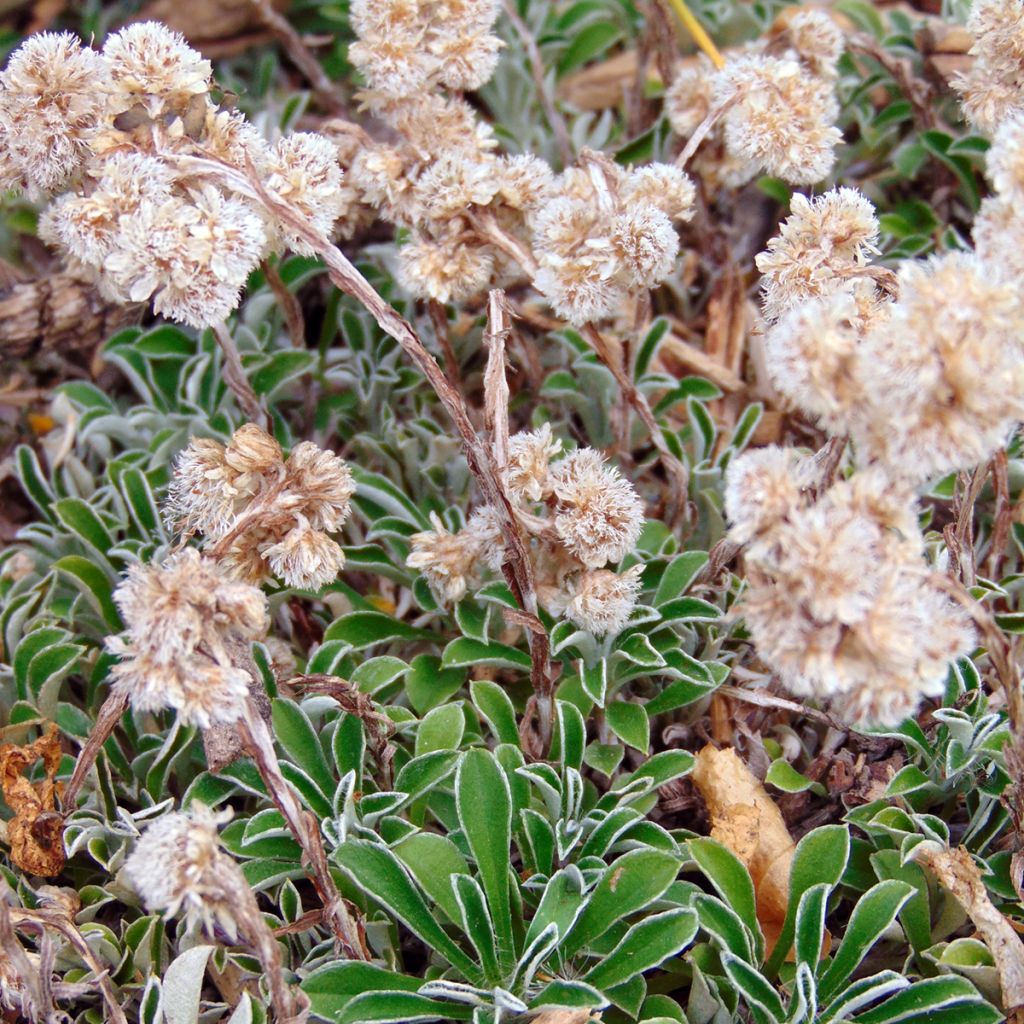

Antennaria dioica var. borealis
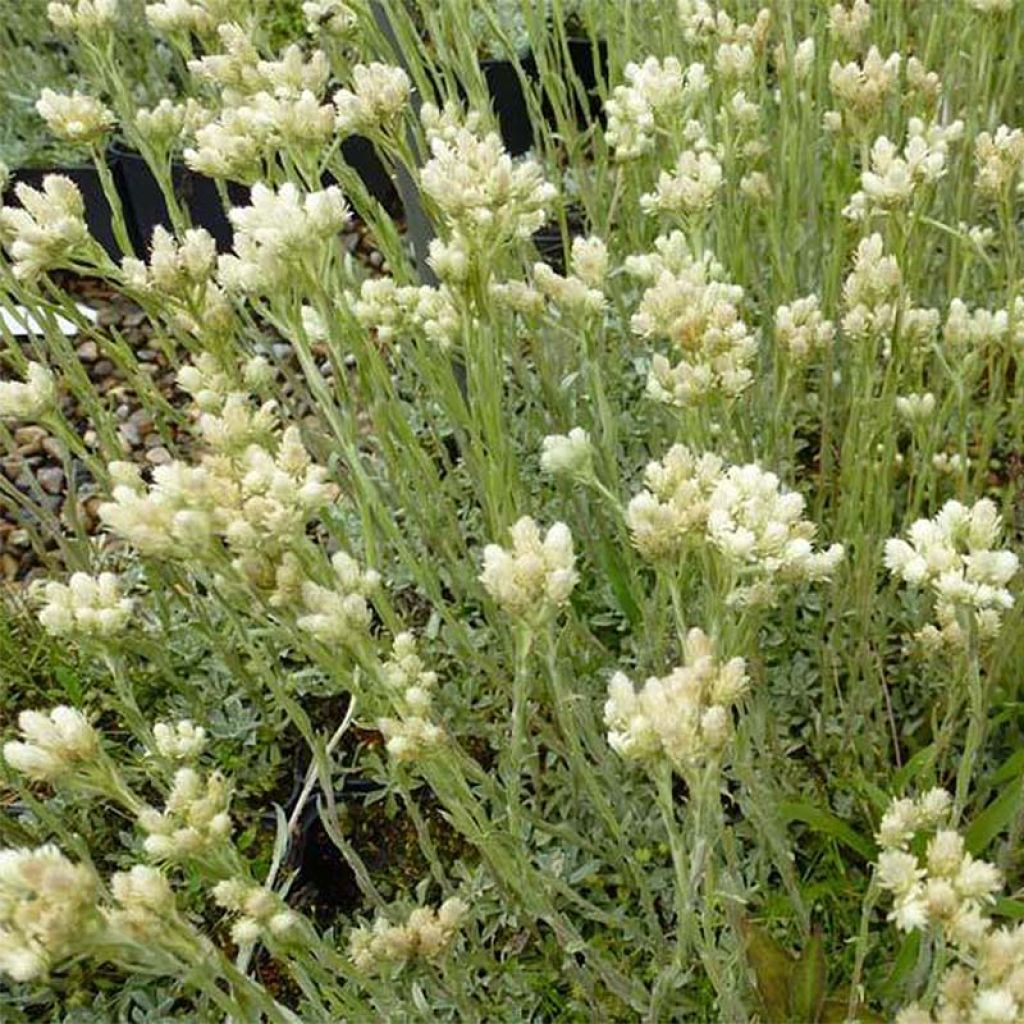

Antennaria dioica var. borealis
Antennaria dioica var. borealis
Antennaria dioica var. borealis
Mountain everlasting, Cats foot, Cudweed
Doing very well, in good health
Marie T., 08/06/2023
Special offer!
Receive a €20 voucher for any order over €90 (excluding delivery costs, credit notes, and plastic-free options)!
1- Add your favorite plants to your cart.
2- Once you have reached €90, confirm your order (you can even choose the delivery date!).
3- As soon as your order is shipped, you will receive an email containing your voucher code, valid for 3 months (90 days).
Your voucher is unique and can only be used once, for any order with a minimum value of €20, excluding delivery costs.
Can be combined with other current offers, non-divisible and non-refundable.
Home or relay delivery (depending on size and destination)
Schedule delivery date,
and select date in basket
This plant carries a 12 months recovery warranty
More information
We guarantee the quality of our plants for a full growing cycle, and will replace at our expense any plant that fails to recover under normal climatic and planting conditions.
Would this plant suit my garden?
Set up your Plantfit profile →
Description
Considered as a valuable wild perennial plant, Antennaria dioica var. borealis, sometimes called diocious pussytoes, forms semi-evergreen and velvety grey-green carpets that are covered with clustered white heads in spring. Its beautiful tomentose foliage is arranged in soft rosettes of leaves that are pleasing to the eye and touch, implanted on stoloniferous stems that allow the plant to spread over time. Descending rocky scree slopes or lining dry wooded areas, this cold-hardy perennial is not afraid of intense cold, drought, or poor soils. It is perfect in rock gardens, thrives on the top of walls, and happily creeps between paving stones.
Antennaria dioica var. borealis is a perennial plant from the Asteraceae family, native to subarctic regions of the globe; it is a specific research area, intermediate between cold temperate and polar climates. It grows in taiga, or at the edge of boreal forests. This plant develops from a branching stoloniferous stump, which produces prostrate and slender stems carrying rosettes of narrow leaves measuring 5cm (2in) in length. They are spatulate to lanceolate, covered in a thick down. The foliage is yellowish-green to silvery on the upper surface, with a white woolly pubescence on the lower surface. Over time, it forms a carpet that can cover more than one square metre. Flowering takes place in May-June. Tall peduncles measuring 12 to 15cm (5 to 6in) in height, adorned with tiny leaves applied along their entire length, emerge above the carpet of leaves. Each one bears at its tip a cluster of 3 to 8 white pompom-like heads, which are topped with a collar of scale-like bracts with a woolly base. Male plants bear smaller heads, while female plants have broader inflorescences with large oval bracts. Flowering is followed by the formation of smooth fruits topped with a tuft.
Antennaria dioica var. borealis is a boon for gardens with thin soil. It is still little known and underutilised in our gardens, but Antennaria dioica var. borealis is an ideal plant for spartan conditions, just like Sedum spectabile, dwarf mugworts, or creeping gypsophiles. Combine it with grasses and grey-foliaged plants that often accept these difficult living conditions. You can create an unforgettable and low-maintenance scene by planting it with dwarf asters, small grasses like Molinia 'Edith Dudszus', and the curry plant (Helichrysum italicum). To cover a large area, it can be paired with dry ground cover plants such as Lippia nodiflora, Frankenia laevis, or creeping thyme. Magnificent in rock gardens or along a border in a wild garden, it is also an excellent plant for walls or green roofs.
Report an error about the product description
Antennaria dioica var. borealis in pictures
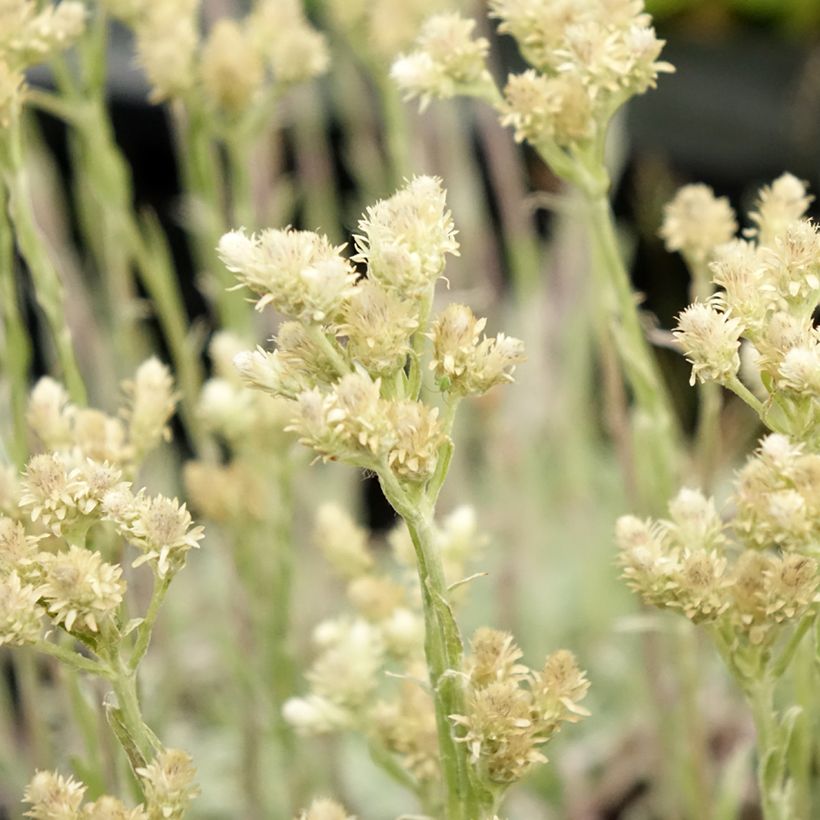

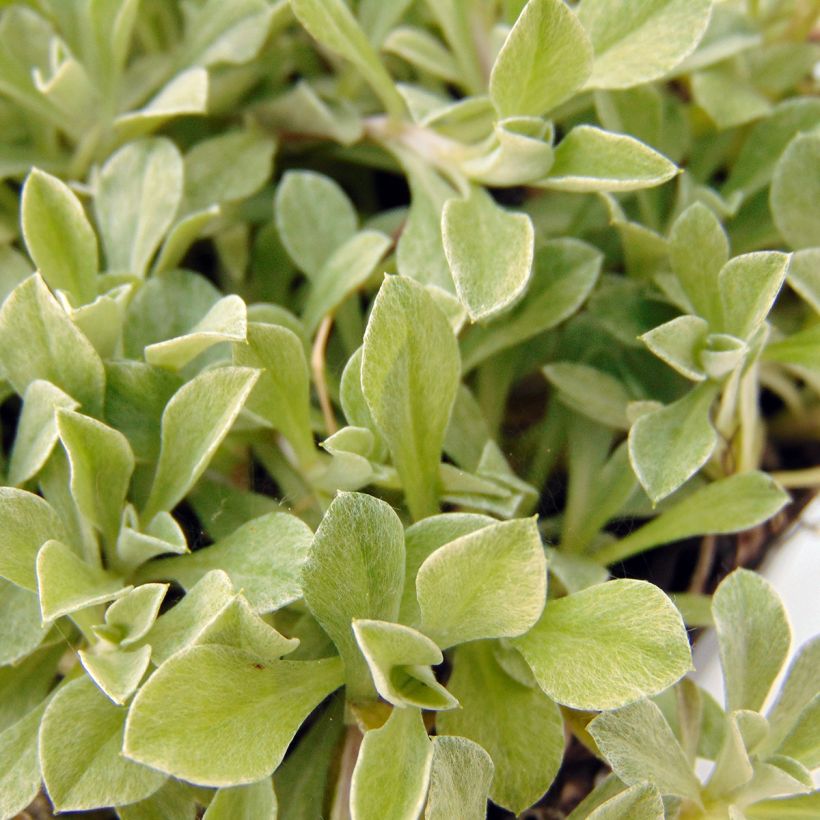

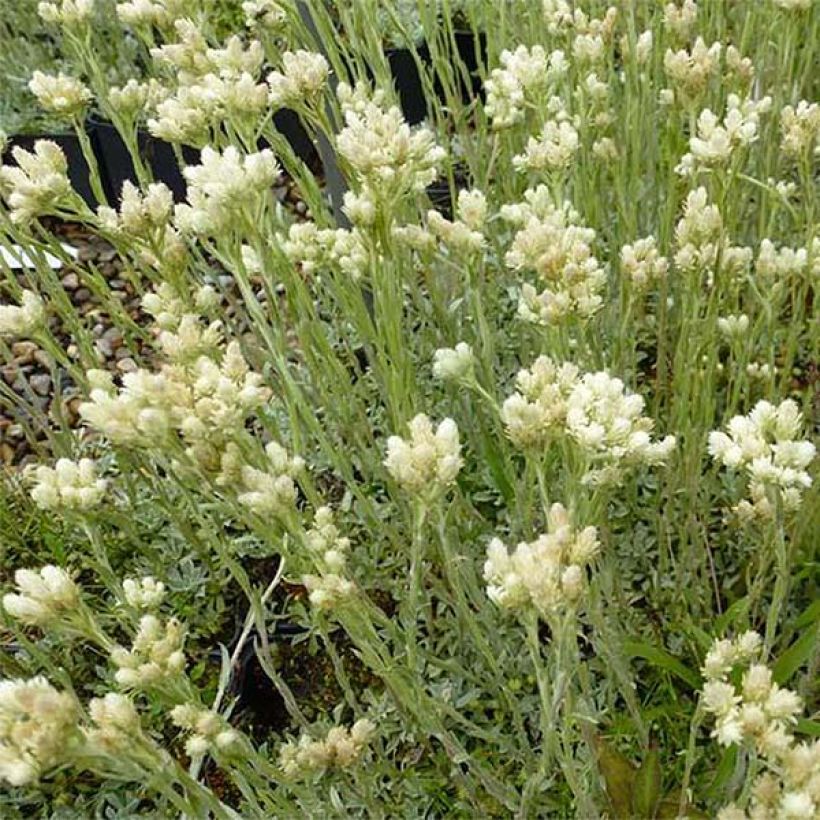

Flowering
Foliage
Plant habit
Botanical data
Antennaria
dioica
var. borealis
Asteraceae
Mountain everlasting, Cats foot, Cudweed
Northern Europe
Planting and care
With its cotton-like appearance, this flower thrives in rocky prairies and is not afraid of drought, cold, or dry and poor soil. It tolerates limestone well. It prefers sunny exposures and requires very well-drained soil. However, it is sensitive to combined heat and humidity. This perennial is perfect for rock gardens, gravel gardens, and dry or alpine gardens.
Planting period
Intended location
Care
Planting & care advice
-
, onOrder confirmed
Reply from on Promesse de fleurs
Similar products
Haven't found what you were looking for?
Hardiness is the lowest winter temperature a plant can endure without suffering serious damage or even dying. However, hardiness is affected by location (a sheltered area, such as a patio), protection (winter cover) and soil type (hardiness is improved by well-drained soil).

Photo Sharing Terms & Conditions
In order to encourage gardeners to interact and share their experiences, Promesse de fleurs offers various media enabling content to be uploaded onto its Site - in particular via the ‘Photo sharing’ module.
The User agrees to refrain from:
- Posting any content that is illegal, prejudicial, insulting, racist, inciteful to hatred, revisionist, contrary to public decency, that infringes on privacy or on the privacy rights of third parties, in particular the publicity rights of persons and goods, intellectual property rights, or the right to privacy.
- Submitting content on behalf of a third party;
- Impersonate the identity of a third party and/or publish any personal information about a third party;
In general, the User undertakes to refrain from any unethical behaviour.
All Content (in particular text, comments, files, images, photos, videos, creative works, etc.), which may be subject to property or intellectual property rights, image or other private rights, shall remain the property of the User, subject to the limited rights granted by the terms of the licence granted by Promesse de fleurs as stated below. Users are at liberty to publish or not to publish such Content on the Site, notably via the ‘Photo Sharing’ facility, and accept that this Content shall be made public and freely accessible, notably on the Internet.
Users further acknowledge, undertake to have ,and guarantee that they hold all necessary rights and permissions to publish such material on the Site, in particular with regard to the legislation in force pertaining to any privacy, property, intellectual property, image, or contractual rights, or rights of any other nature. By publishing such Content on the Site, Users acknowledge accepting full liability as publishers of the Content within the meaning of the law, and grant Promesse de fleurs, free of charge, an inclusive, worldwide licence for the said Content for the entire duration of its publication, including all reproduction, representation, up/downloading, displaying, performing, transmission, and storage rights.
Users also grant permission for their name to be linked to the Content and accept that this link may not always be made available.
By engaging in posting material, Users consent to their Content becoming automatically accessible on the Internet, in particular on other sites and/or blogs and/or web pages of the Promesse de fleurs site, including in particular social pages and the Promesse de fleurs catalogue.
Users may secure the removal of entrusted content free of charge by issuing a simple request via our contact form.
The flowering period indicated on our website applies to countries and regions located in USDA zone 8 (France, the United Kingdom, Ireland, the Netherlands, etc.)
It will vary according to where you live:
- In zones 9 to 10 (Italy, Spain, Greece, etc.), flowering will occur about 2 to 4 weeks earlier.
- In zones 6 to 7 (Germany, Poland, Slovenia, and lower mountainous regions), flowering will be delayed by 2 to 3 weeks.
- In zone 5 (Central Europe, Scandinavia), blooming will be delayed by 3 to 5 weeks.
In temperate climates, pruning of spring-flowering shrubs (forsythia, spireas, etc.) should be done just after flowering.
Pruning of summer-flowering shrubs (Indian Lilac, Perovskia, etc.) can be done in winter or spring.
In cold regions as well as with frost-sensitive plants, avoid pruning too early when severe frosts may still occur.
The planting period indicated on our website applies to countries and regions located in USDA zone 8 (France, United Kingdom, Ireland, Netherlands).
It will vary according to where you live:
- In Mediterranean zones (Marseille, Madrid, Milan, etc.), autumn and winter are the best planting periods.
- In continental zones (Strasbourg, Munich, Vienna, etc.), delay planting by 2 to 3 weeks in spring and bring it forward by 2 to 4 weeks in autumn.
- In mountainous regions (the Alps, Pyrenees, Carpathians, etc.), it is best to plant in late spring (May-June) or late summer (August-September).
The harvesting period indicated on our website applies to countries and regions in USDA zone 8 (France, England, Ireland, the Netherlands).
In colder areas (Scandinavia, Poland, Austria...) fruit and vegetable harvests are likely to be delayed by 3-4 weeks.
In warmer areas (Italy, Spain, Greece, etc.), harvesting will probably take place earlier, depending on weather conditions.
The sowing periods indicated on our website apply to countries and regions within USDA Zone 8 (France, UK, Ireland, Netherlands).
In colder areas (Scandinavia, Poland, Austria...), delay any outdoor sowing by 3-4 weeks, or sow under glass.
In warmer climes (Italy, Spain, Greece, etc.), bring outdoor sowing forward by a few weeks.












































